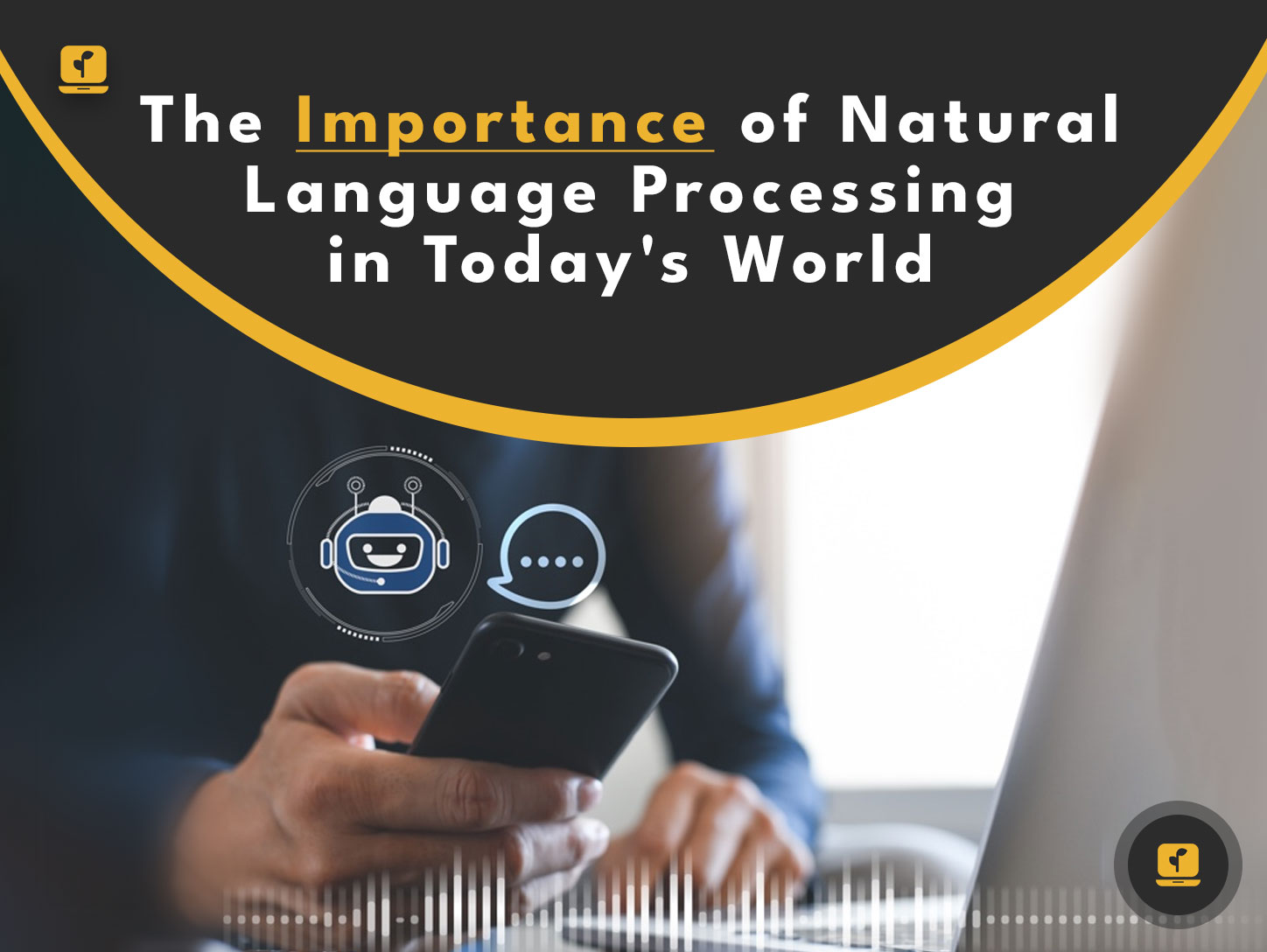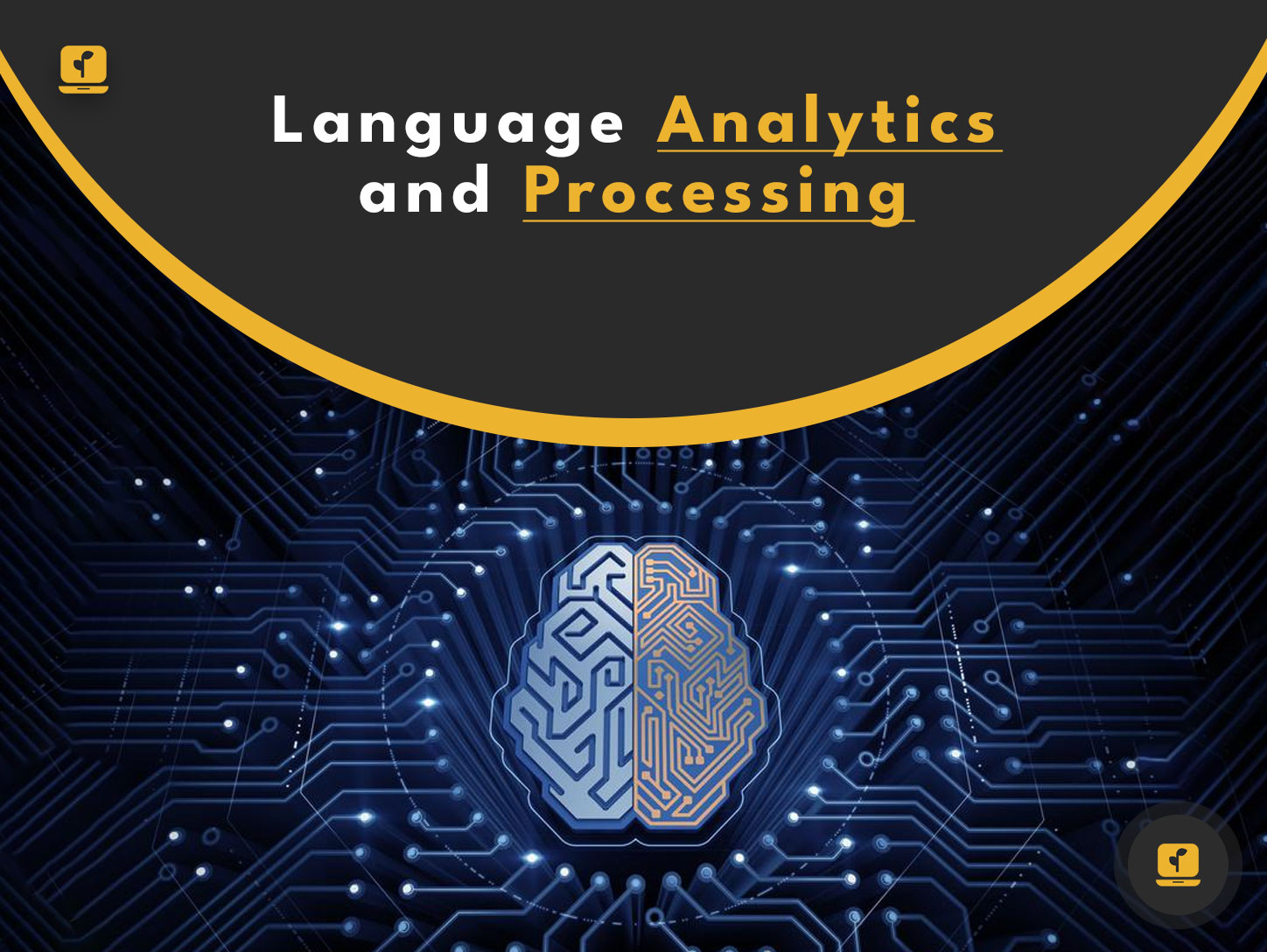I’m excited to share with you a beginner’s guide to natural language processing (NLP). In today’s world, we interact with machines and devices every day, and NLP plays a vital role in improving user experience by allowing machines to understand and interpret human language.
Table of Contents
In this article, we’ll explore what NLP is, how it works, and how it’s used in machine learning and AI.
What is NLP and How Does it Work?
NLP is a subfield of linguistics, computer science, and artificial intelligence that focuses on the interaction between computers and human language. NLP enables computers to understand, interpret, and produce human language. It involves using algorithms and statistical models to analyze and understand natural language data.
NLP works by breaking down human language into smaller components, such as syntax, semantics, and pragmatics. Syntax refers to the rules that govern the structure of language, while semantics deals with the meaning of words and phrases. Pragmatics, on the other hand, is concerned with the context in which language is used.
To achieve this, NLP techniques and models are used to process and analyze natural language data. These techniques include tokenization, stemming, lemmatization, part-of-speech tagging, and named entity recognition. These techniques break down the text into smaller components, identify the grammatical structure, and extract relevant information.
The Importance of NLP in Today’s World
In today’s digital world, NLP is becoming increasingly important because of the vast amount of unstructured data generated by humans. NLP enables machines to understand and interpret this data, making it more accessible and usable. It has numerous applications, including chatbots, sentiment analysis, natural language generation, machine translation, and voice recognition.
NLP also plays a crucial role in improving user experience, especially in e-commerce and customer service. It enables businesses to understand customer feedback and respond to their needs effectively. NLP also enables machines to understand natural language queries, making search engines more accurate and efficient.
How NLP is Used in Machine Learning and AI
NLP is used extensively in machine learning and AI. Machine learning algorithms can use NLP to analyze and classify text data. For example, an algorithm can analyze customer reviews and classify them as positive, negative, or neutral. This can help businesses understand their customers’ needs and make better decisions.
NLP is also used in AI-powered chatbots. Chatbots use NLP to understand customer queries and provide relevant responses. This improves customer experience and reduces the workload of customer service representatives.
Popular NLP Techniques and Models
There are several popular NLP techniques and models used in machine learning and AI, including:
- Tokenization: This technique involves breaking down text into smaller components, such as words and phrases.
- Stemming: This technique involves reducing words to their root form. For example, the word “running” would be reduced to “run.”
- Lemmatization: This technique involves reducing words to their base form. It is similar to stemming but produces more accurate results.
- Part-of-speech tagging: This technique involves identifying the grammatical structure of a sentence, such as identifying nouns, verbs, and adjectives.
- Named entity recognition: This technique involves identifying named entities, such as people, places, and organizations, in text data.
AWS NLP – An Overview
Amazon Web Services (AWS) offers a suite of NLP services that enable businesses to analyze and understand natural language data. These services include:
- Amazon Comprehend: This service can analyze text data and extract insights such as sentiment analysis, named entity recognition, and topic modeling.
- Amazon Lex: This service enables businesses to build chatbots that can understand natural language queries and provide relevant responses.
- Amazon Polly: This service can convert text into lifelike speech, making it ideal for voice-enabled applications.
- Amazon Translate: This service can translate text into different languages, making it ideal for businesses operating in multiple countries.
Language Analytics and Processing
Language analytics and processing involves using NLP techniques to analyze and understand natural language data. It has numerous applications, including:
- Sentiment analysis: This involves analyzing text data to determine the sentiment, such as whether it is positive, negative, or neutral.
- Topic modeling: This involves identifying topics and themes in text data.
- Text classification: This involves categorizing text data into predefined categories.
- Entity extraction: This involves identifying named entities, such as people, places, and organizations, in text data.
Benefits of NLP
NLP offers numerous benefits, including:
- Improved user experience: NLP enables machines to understand and interpret natural language, making it easier for users to interact with machines.
- Increased efficiency: NLP can automate tasks such as customer service, reducing the workload of human operators.
- Improved accuracy: NLP can analyze and classify large volumes of data more accurately than humans.
- Cost savings: NLP can help businesses save money by automating tasks and reducing the need for human operators.
How to Implement NLP in Your Business
Implementing NLP in your business can be a daunting task, but it can provide numerous benefits. Here are some steps to consider when implementing NLP:
- Identify use cases: Determine how NLP can benefit your business by identifying use cases such as chatbots or sentiment analysis.
- Choose an NLP service: Choose an NLP service that meets your business needs, such as Amazon Comprehend or Amazon Lex.
- Collect and prepare data: Collect and prepare data for analysis by ensuring it is in a suitable format and contains relevant information.
- Train the model: Train the NLP model using your data and fine-tune it to improve accuracy.
- Deploy the model: Deploy the NLP model in your business and integrate it into your existing infrastructure.
Conclusion and Next Steps for Learning More About NLP
NLP is a rapidly growing field with numerous applications in machine learning and AI. It enables machines to understand and interpret natural language, improving user experience and reducing the workload of human operators. AWS offers a suite of NLP services that can help businesses analyze and understand natural language data.
If you’re interested in learning more about NLP, there are several resources available, including online courses, books, and tutorials. Some popular resources include the Natural Language Toolkit (NLTK), Coursera’s NLP Specialization, and the book “Speech and Language Processing” by Dan Jurafsky and James H. Martin.
Don’t be intimidated by NLP. With the right tools and a little bit of knowledge, you can implement NLP in your business and reap its numerous benefits.












